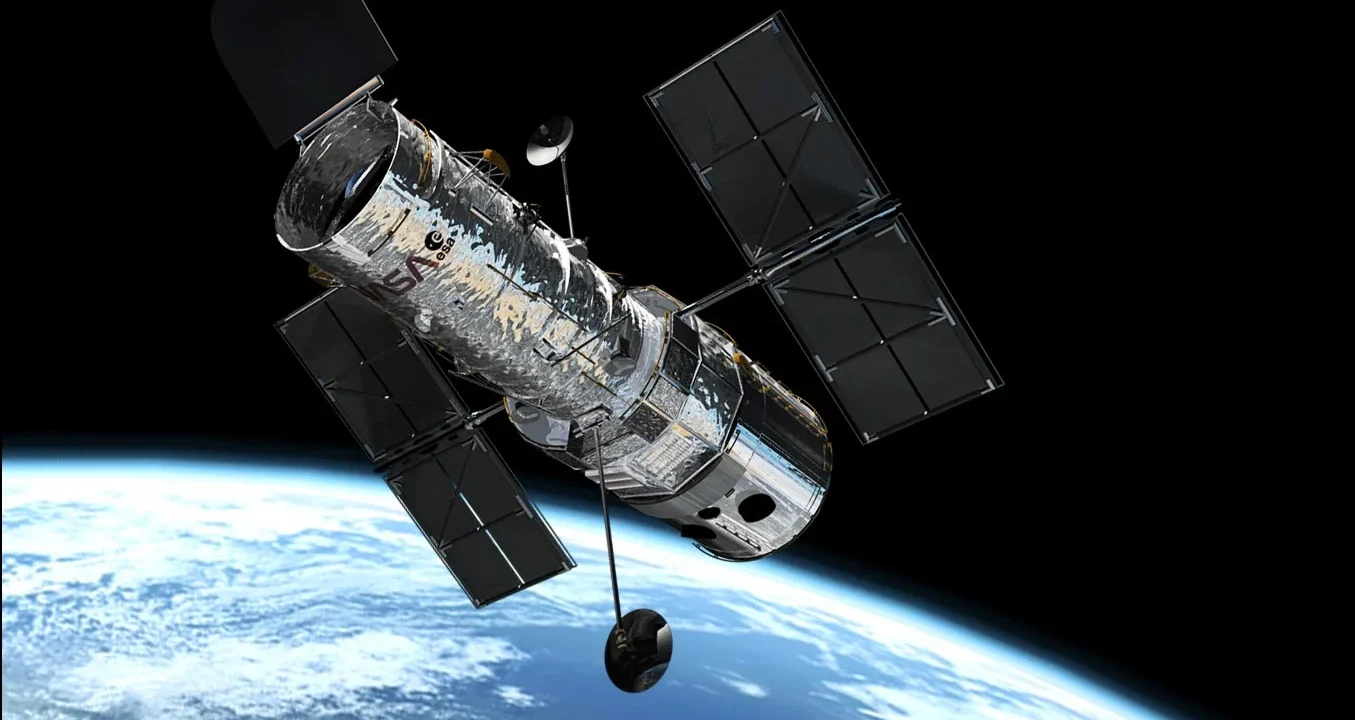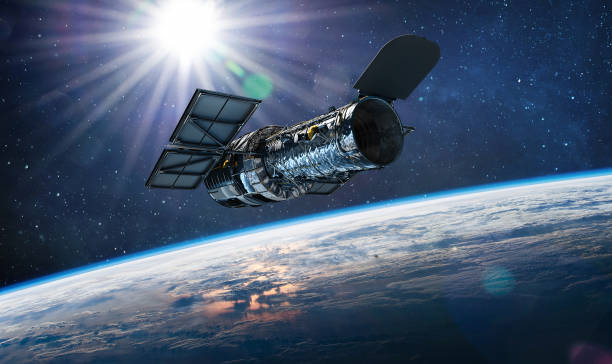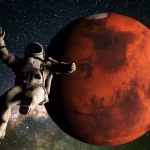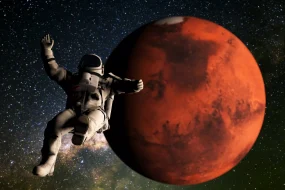
The Hubble Space Telescope (HST) has revolutionized our understanding of the universe since its launch in 1990. This blog will explore how Hubble works, its history, maintenance, ownership, and missions.
How Hubble Works
Hubble operates above Earth’s atmosphere, orbiting at an altitude of approximately 320 miles (515 km). This location allows it to capture clear images of celestial objects without atmospheric distortion. Hubble has a variety of scientific instruments (cameras and spectrographs). This allows us to observe a wide range of wavelengths from ultraviolet to near-infrared light.
Key Components



History of Hubble
The Hubble Space Telescope was launched on April 24, 1990, aboard the Space Shuttle Discovery. They developed as part of a collaboration between NASA and the European Space Agency (ESA). The telescope addresses some of the most pressing questions in astronomy, including the rate of expansion of the universe and the formation of galaxies.
Initial Challenges
Shortly after its launch, Hubble faced challenges in which images were blurry. This issue led to a major servicing mission in 1993, where astronauts aboard the Space Shuttle Endeavour successfully installed corrective optics, restoring Hubble’s functionality and enabling it to produce stunning images of the cosmos.
Maintenance and Servicing
Hubble is unique among space telescopes. Over its operational lifetime, Hubble has undergone five servicing missions, during which astronauts have repaired, upgraded, and replaced various components and instruments.
Notable Servicing Missions
STS-61 (1993): The first servicing mission, which corrected the mirror flaw.
STS-82 (1997): Upgraded instruments and replaced the gyroscopes.
STS-103 (1999): Replaced the telescope’s gyroscopes and other components.
STS-125 (2009): The final servicing mission, which installed new instruments and extended Hubble’s operational life.
These missions have significantly enhanced Hubble’s capabilities and extended its lifespan, allowing it to remain scientifically productive well beyond its initial 15-year mission.
Ownership and Management
NASA owns Hubble with contributions from the European Space Agency (ESA). The Space Telescope Science Institute (STScI) in Baltimore, Maryland, manages Hubble’s science operations, including scheduling observations and processing data. Proposals for Hubble’s observation time are evaluated by a committee of scientists, ensuring that the telescope is used for high-impact research.
Scientific Missions and Achievements
Hubble has made numerous groundbreaking discoveries and contributed to various fields of astronomy. Hubble’s observations have helped refine the value of the Hubble constant, which measures the rate at which the universe is expanding. It has provided valuable data on the atmospheres of exoplanets, contributing to our understanding of planetary formation and habitability. Hubble has produced iconic images of nebulae, galaxies, and other celestial phenomena, inspiring public interest in astronomy.
Conclusion
The Hubble Space Telescope has transformed our understanding of the universe through its innovative design, advanced technology, and successful servicing missions. As it continues to operate, Hubble remains a vital tool for astronomers, providing insights into the cosmos and inspiring future generations of scientists.
Read more on Lifetips.blog














